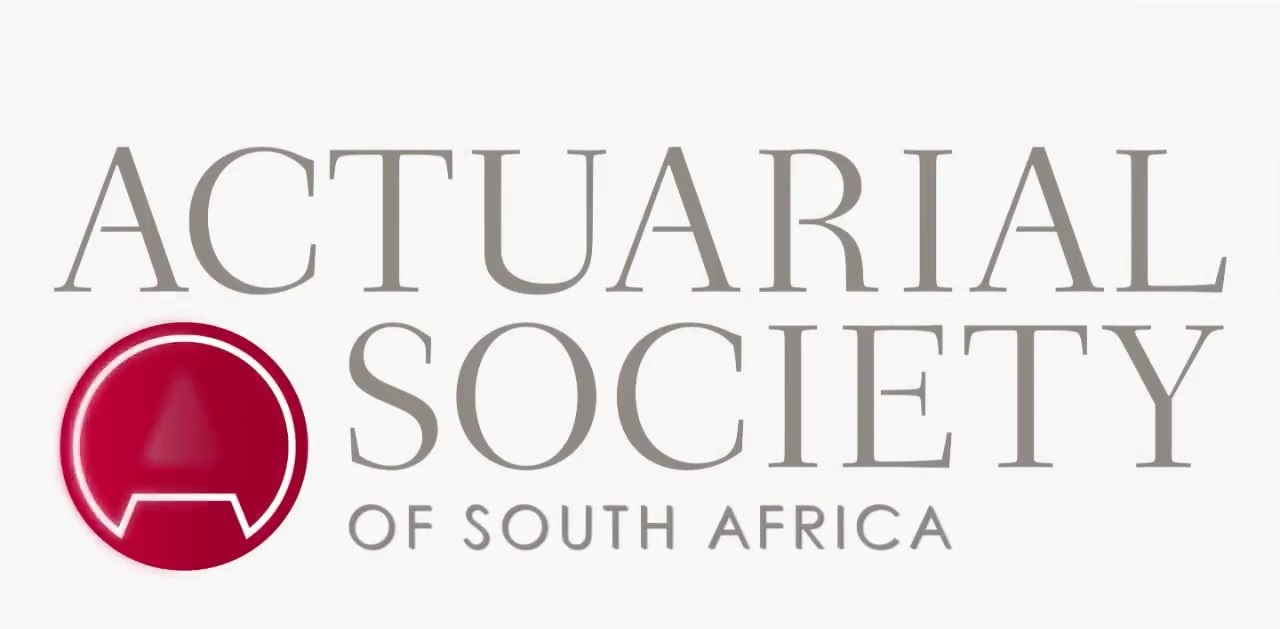Actuarial Society Foundation Technical Business Economics Subject A112 Syllabi 2022
Organisation : Actuarial Society
Course Name : Foundation Technical
Subject Name : Business Economics
Subject Code : Subject A112
Year : 2022
Download : Syllabus / Syllabi
Website : https://www.actuarialsociety.org.za
| Want to comment on this post? Go to bottom of this page. |
|---|
Actuarial Society Business Economics Syllabi
Actuarial Society Foundation Technical Business Economics Subject A112 Syllabus / Syllabi 2022.
Related / Similar Syllabi : Actuarial Society Foundation Technical Statistics Subject A111 Syllabi 2022

Objectives Syllabi of Actuarial Society Business Economics
1. Economic models and recent historical applications (10%):
1.1 Discuss the relevance of economics to the world of business.
1.1.1 Describe what is meant by opportunity cost and scarcity and their relevance to economic choice.
1.1.2 Discuss the core economic concepts involved in choices made by businesses relevant to selection of outputs, inputs, technology, location and competition.
1.1.3 Contrast microeconomics and macroeconomics.
1.2 Assess the main strands of economic thinking:
** Classical
** Marxian socialism
** Neo-classical, Keynesian, neo-Keynesian and post-Keynesian
** Monetarist
** Austrian
1.3 Analyse the recent macroeconomic history:
1.3.1 Describe the progress of the world economy since the Great Depression, with a particular focus on:
** a history of banking crises and irrational behavior
** consequences of banking crises
1.3.2 Discuss the banking crisis of 2008, the Great Recession and recovery.
1.3.3 Describe the effectiveness of monetary policy in the 2008 financial crisis and the governments’ actions to combat recession.
1.3.4 Discuss the aftershocks in Europe following the 2008 financial crisis.
1.3.5 Assess the stimulus-austerity debate and regulatory action after the 2008 crisis.
2. Microeconomics – the behaviour of consumers, firms and markets (45%):
2.1 Discuss the workings of competitive markets.
2.1.1 Discuss how the markets operate;
** Explain the role of the price mechanism in a free market.
** Discuss the behaviour of firms and consumers in such markets.
2.1.2 Describe the factors which influence the market demand and supply.
2.1.3 Describe and discuss how market equilibrium quantity and price are achieved.
2.1.4 Discuss how markets react to changes in demand and supply.
2.1.5 Define and calculate price and income elasticities of demand and price elasticity of supply. Calculate elasticities of demand using both original and average quantities.
2.1.6 Discuss the factors that affect elasticity.
2.1.7 Explain the effect of elasticity on the workings of markets in the short and long run.
2.1.8 Discuss how firms deal with risk and uncertainty about future market movements.
2.1.9 Describe price expectations and speculation and how price bubbles develop.
2.2 Discuss consumer demand and behaviour:
2.2.1 Describe the concept of utility and representation of consumer preferences as indifference curves.
2.2.2 Discuss rational choice and how optimal consumption choice is determined by using indifference curves and budget lines.
2.2.3 Discuss the concepts of rational choice, perfect information and irrational behaviour in behavioural economics.
2.3 Discuss the importance of advertising for a firm.
2.3.1 Explain the effects of advertising on sales and demand.
2.4 Discuss the production function, costs of production, revenue and profit in order to understand a firm’s price and output decisions.
2.4.1 Explain how the production function reflects the relationship between inputs and outputs in the short and long run.
2.4.2 Define average and marginal physical product.
2.4.3 Describe the meaning and measurement of costs and explain how these vary with output in the short and long run.
2.4.4 Define total, average and marginal costs.
2.4.5 Describe what is meant by “economies of scale” and explain the reason for such economies and how a business can achieve efficiency in selecting the level of its inputs.
2.4.6 Describe revenue and profit and explain how both are influenced by market conditions.
2.4.7 Define and calculate average and marginal revenue.
2.4.8 Describe how profit is measured and explain how the firm arrives at its profit maximising output.
2.4.9 Explain what is meant by the “shut-down” point in the short and long run.
2.5 Discuss profit maximisation under perfect competition and monopoly:
2.5.1 Explain what determines the market power of a firm.
2.5.2 Describe the main features of a market characterised by perfect competition.
2.5.3 Explain how output and price are determined in such markets in the short and long run.
2.5.4 Describe how monopolies emerge, how a monopolist selects its profit maximising price and output and how much profit a monopolist makes.
2.5.5 Describe the barriers to entry in an industry and a contestable market and explain how these affect a monopolist’s profit.
2.6 Discuss profit maximisation under imperfect competition:
2.6.1 Describe the behaviour of firms under monopolistic competition and explain why in this type of market only normal profits are made in the long run.
2.6.2 Describe the main features of an oligopoly and explain how firms behave in an oligopoly.
2.6.3 Discuss what determines competition and collusion of firms in an oligopoly and how the strategic decisions of such firms can be explained by game theory.
2.6.4 Discuss if firms in an oligopoly act in consumers’ interests.
2.7 Assess various pricing strategies that firms in the financial sector can adopt.
2.7.1 Describe how prices are determined in practice and factors that affect the ability of a firm to determine its prices.
2.7.2 Describe average cost pricing and price discrimination.
2.7.3 Discuss pricing strategy for multiple products and explain how pricing varies with the stage in the life of a product

Download Actuarial Society Business Economics Syllabi
Download Syllabi Here : https://www.southafricain.com/uploads/pdf2022/23997-BE.pdf